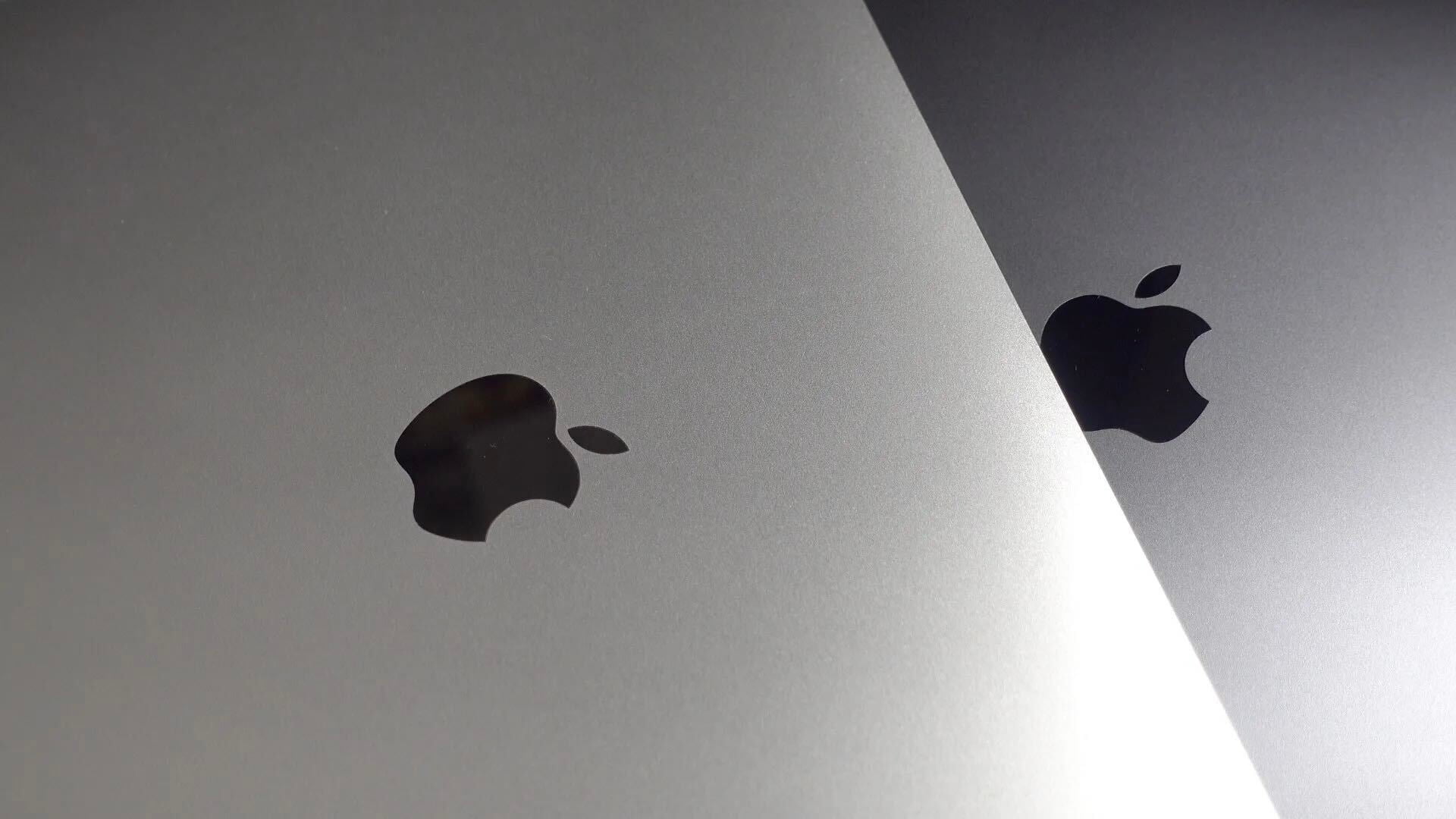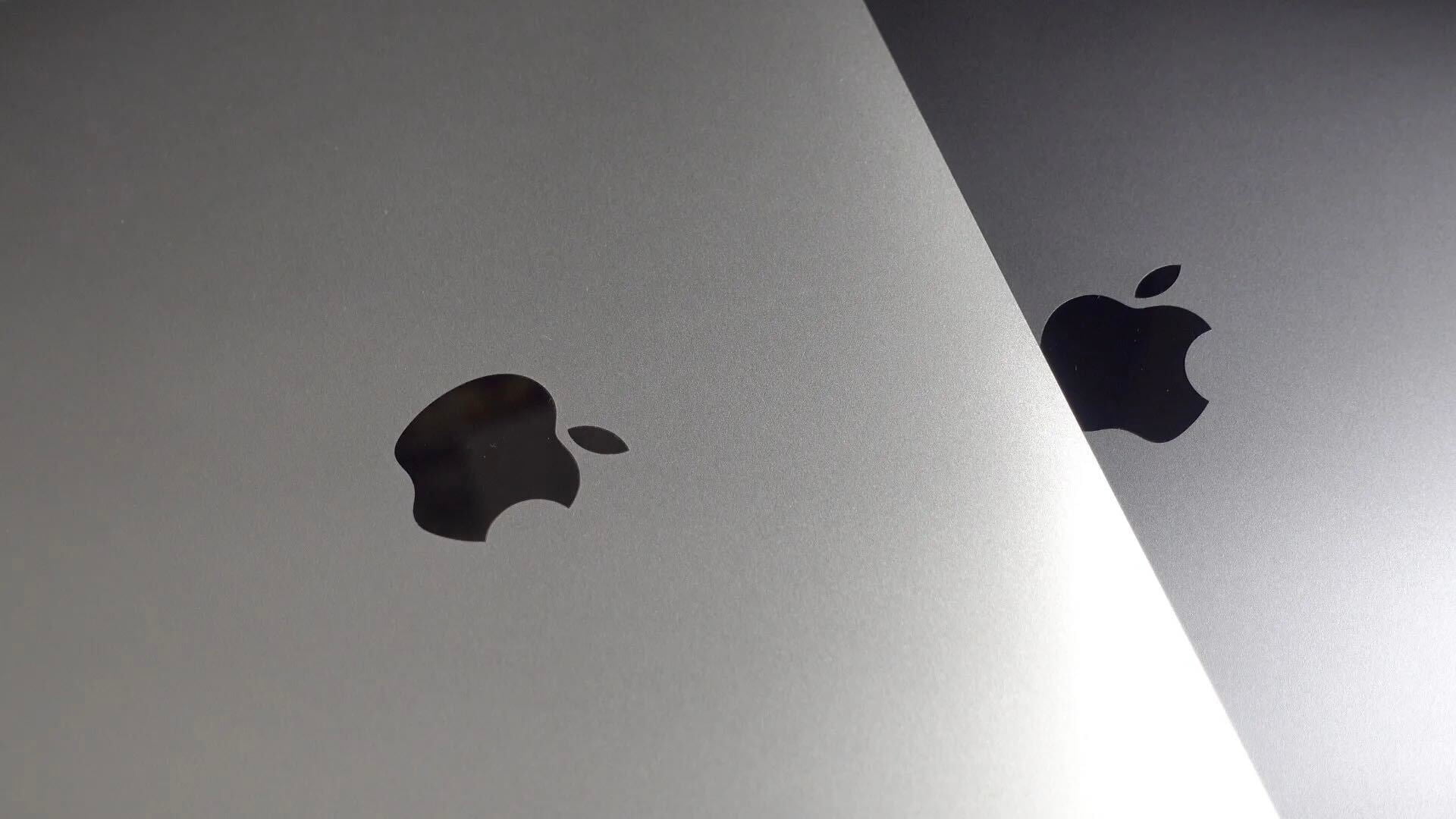[youtube=http://www.youtube.com/watch?v=lb3003GIPk0&feature=player_embedded#!]
In May, we got a look at what reports claimed was a next-generation iPhone front panel compared to the current iPhone 4S on video. ETrade posted a much more detailed comparison of an iPhone 4S today and what it called an “iPhone 5” front panel. While the longer display was evident in past leaks, ETrade gave xact measurements on the difference. It reported the 4.065-inch panel is 0.1mm thinner, and it has a 0.3mm smaller home button, while the area surrounding the entire home button area shrinks from 18.00mm to 15.40mm. The area surrounding the earpiece on the opposite end of the display also shrunk, allowing Apple to minimize the overall size of the iPhone while increasing the display size. Also noted in the analysis: ETrade reported improved light transmittance for the next-gen panel and improved scratch resistance.
First of all let’s see the display screen. From the picture, we can see that the iPhone 5 glass lens is 90.25mm long, 51.60mm wide, while iPhone 4S is 76.65mm and 51.60mm. The display area enlarges from 3.61 inches to 4.065 inches. The LCD screen can be a little smaller, and that will be around 4 inches. What’s important, the resolution ratio of iPhone 5 glass lens is around 16:9, which will be a big change for iPhone.
(via MacRumors and iPhoneinCanada)
FTC: We use income earning auto affiliate links. More.






Comments